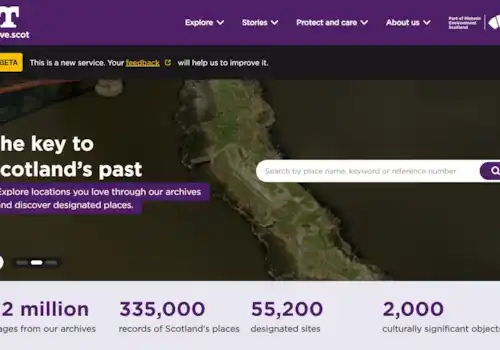01 August 2019
|
FamilySearch have today (31 July) announced a new facility that allows users to make name corrections to its indexes, increasing the chances to success for those searching for ancestors.
FamilySearch have today (31 July) announced a new facility that allows users to make name corrections to its indexes, increasing the chances of success for those searching for ancestors.
As anyone who has searched for ancestors online will know, it isn't uncommon to come across records where an ancestor's name has either been recorded wrongly at source, or transcribed incorrectly. This new facility allows users to make a correction note that will be recorded alongside the original index - and both versions will be searchable.
Only indexes referring to images can be corrected, meaning that not all index entries are editable. A user can check the image and compare it to the index entry. An icon of a page and a camera at the side of the index entry indicate that an image is available.
How to make corrections
When searching for an ancestor on the site, users can look through the results for a likely record and click the ancestor’s name. A box will pop up with the indexed information on the left and a clickable image on the right. If the index is editable, the word “Edit” will appear in blue to the right of the name.
To enter the desired correction, click 'Edit', and follow the prompts. A space is included for other comments or explanations. User corrections will not override the information already on FamilySearch but adds an alternative. Multiple corrections can be added to a record. All will be searchable.
FamilySearch product manager John Alexander said: “Adding corrections to an index when the information does not match the names as written in the original document or if the document was recorded wrong will increase the quality of the index and usefulness to other searchers. For example, if 'Johnathan'—spelled with an H—was indexed as 'Jonathan', a user who recognises the error can add to the index to show the actual spelling as written in the document."
Alexander reported that users will soon have the ability to correct additional types of indexing errors besides names.
Visit FamilySearch.
QUICK LINK: Top tips for effective searching on the FamilySearch website








.jpg)
